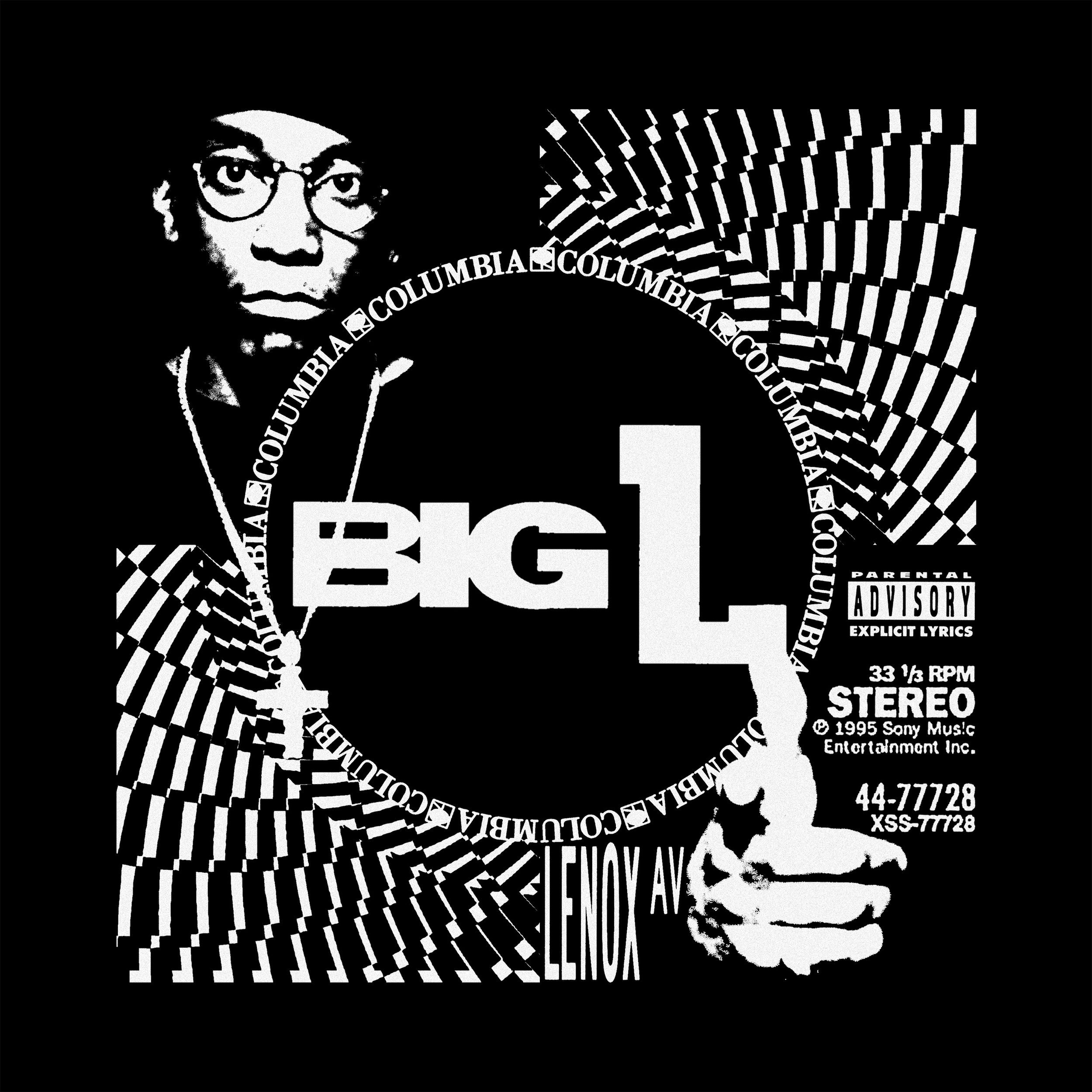Hi.
Welcome to The Stumped, a website of writing + design by two brothers. Pick something - and get reading.

Welcome to The Stumped, a website of writing + design by two brothers. Pick something - and get reading.
We must begin with a fact which Wikipedia can teach you: Big L, Lamont Coleman, was shot and killed on February 15, 1999. It would be cruel to speculate what his family, the tortured loved ones who lost a brilliant mind at a disturbingly young age, wore to his funeral. Yet, tragically, Big L already told us. They’d be dressed, inevitably, in “All Black.”
And now, we must continue with a ponderance often posed to hip hop fans: It’s all talk, right? Snoop Dogg lives in a mansion, Jay-Z owns part of the Brooklyn Nets, and Kanye West has a fashion line. Nothing is worse than false rap, than unlived creditibility. I have no definite answers, though I can confidently proclaim it a grand tragedy that Big L lived one of hip hop’s most twisted fantasies.
An ironic knife twist that he makes it so svelte.
He’s so generous. He offers to write raps for his contemporaries, predicting that their albums “ain’t even going wood.” He sizes up enemies’ coffins, and we hardly have to wonder if he’d be willing to place the “tags on they big toe” himself.
He’s so honest. He’s a “villain,” spewing just what “a villain’s supposed to.” So, yes, from Big L’s generously braggadocious view, he has given “every cutie in the city” AIDS. It’s a “wild style,” indeed, as he jokes about killing his mother “with a shovel just like Norman Bates did.”
His rhyming, simplistic yet persistent, plays its part. He “can’t stand testers” and threatens to send them to their “ancestors.” It’s the same cartoonish chest puffing that underscores his brilliant, lethal turn of phrase: “walkbys.”
The production of this song is a maze. Sucking in, and spitting out. His final warning, a bit of an escape, is a haunting proclamation: “It’s Big L, the motherfucking problem child.”
We weren’t privileged enough to follow the life of Big L, but we can challenge ourselves by choosing empathy. Who might be suffering in all black today?
